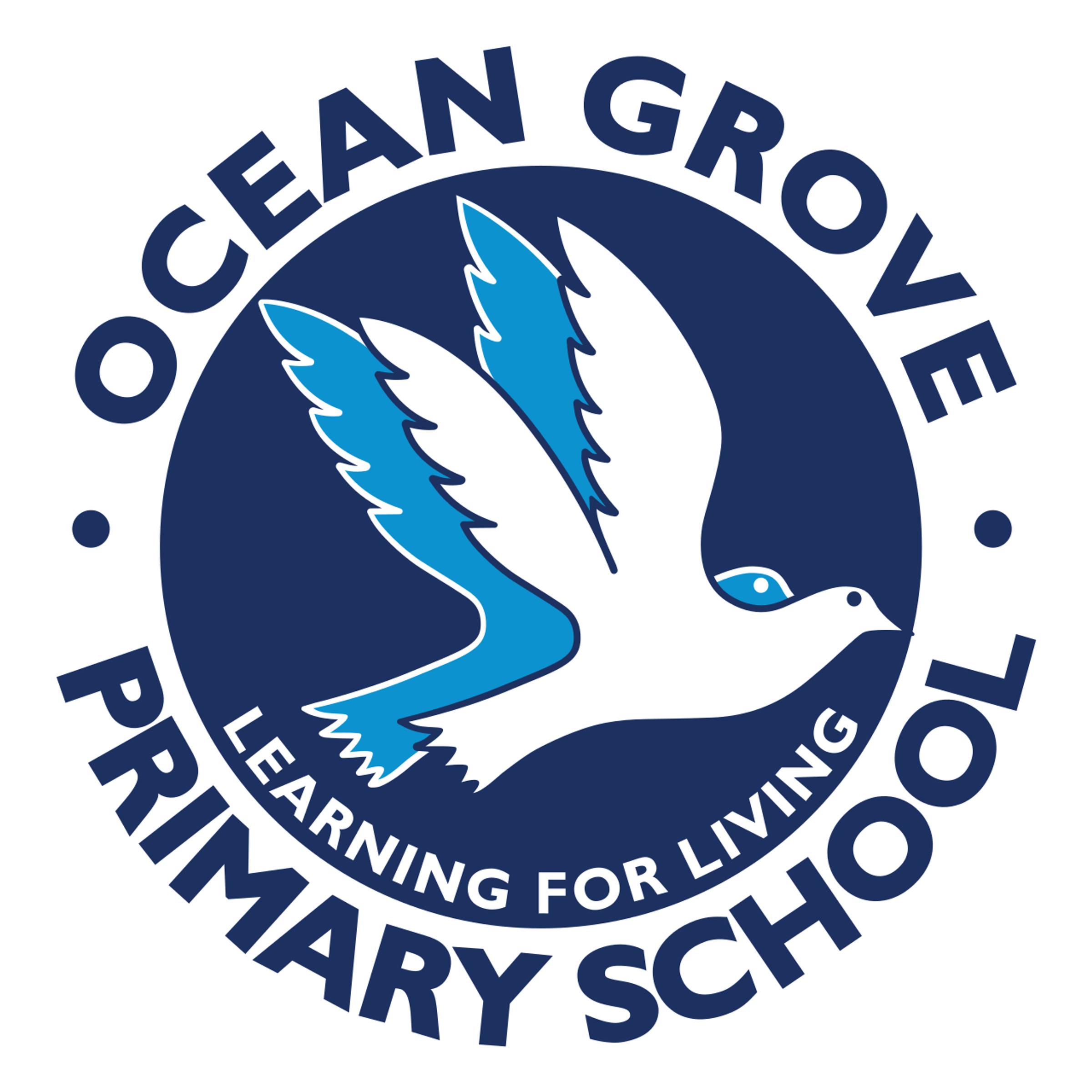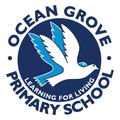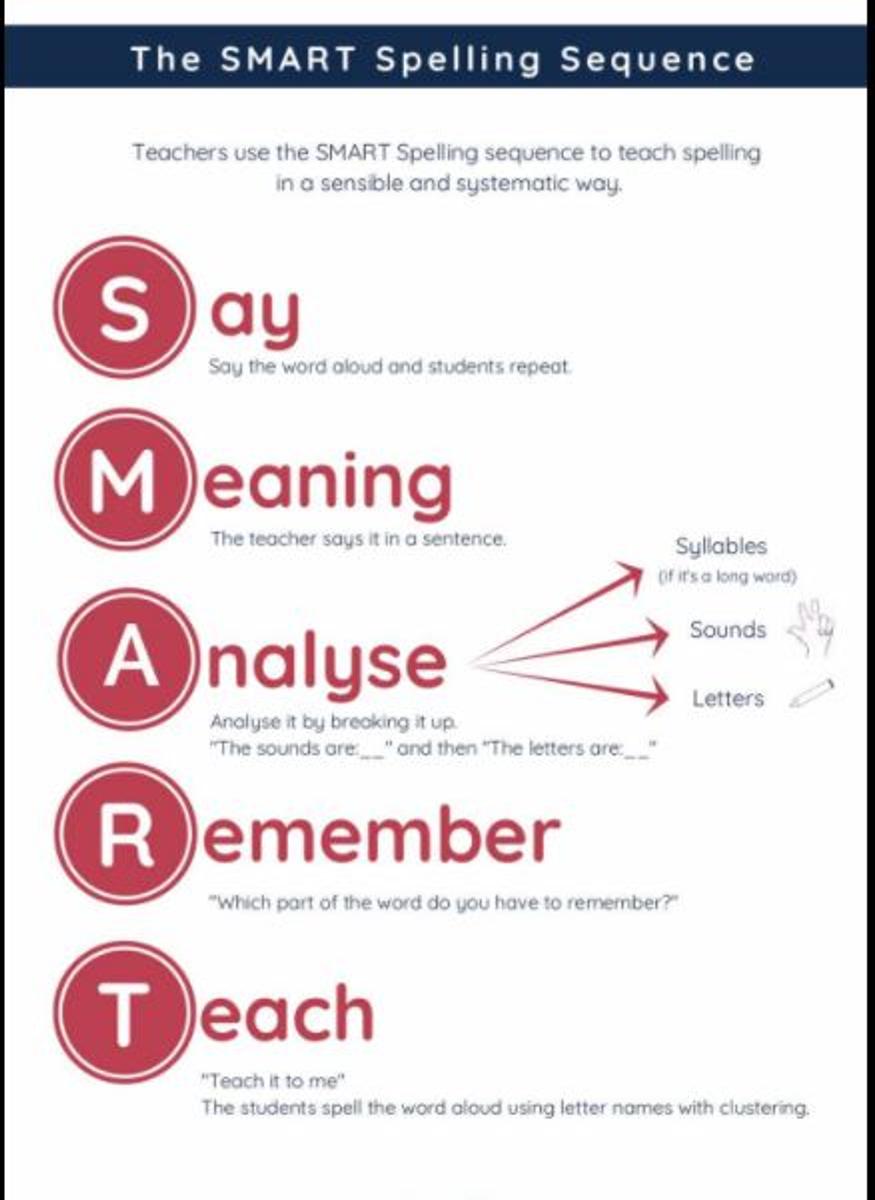From The Learning Specialist

What is SMART Spelling?
SMART Spelling has been designed to support teachers in the explicit and systematic teaching of spelling.
SMART Spelling is taught through pattern and regularity with 80% of the weekly words following a consistent pattern and 20% being high frequency, topic or personal words.
It is based around whole words with an emphasis on meaning and vocabulary development. Students must be able to read their spelling words, understand what they mean and how to use them.
Spelling rules are taught in the context of words in a way that builds on learning from prior years.
SMART is an acronym for the sequence teachers follow to teach words to students.
There are two important areas of knowledge that students need to develop to become independent spellers: phonological awareness and orthographic knowledge. Phonological awareness is mainly to do with sounds. It includes the ability to break words into syllables and individual sounds (phonemes). You may hear your child say they are using their ‘phoneme fist’ to sound out words. Orthographic knowledge is mainly to do with letters. It is the visual skill that involves choosing the correct letters that make the sound in a word.
There are two additional areas of spelling knowledge: etymological knowledge (the study of where words come from) and morphemic knowledge (how prefixes and suffixes change the meaning of base words). The SMART Spelling approach includes teaching in all of these areas.
All students at OGPS are given weekly words to learn at school and home. This may be in an exercise book or sent home on Seesaw. New words are usually handed out on Mondays, followed by a daily focus in class, and culminating in a test and dictation at the end of the week. All staff at OGPS are trained in SMART Spelling so if you have any questions or queries, send them a message on Seesaw.
Thanks,
Kerryn McKeon
Acting Learning Specialist (Literacy)

